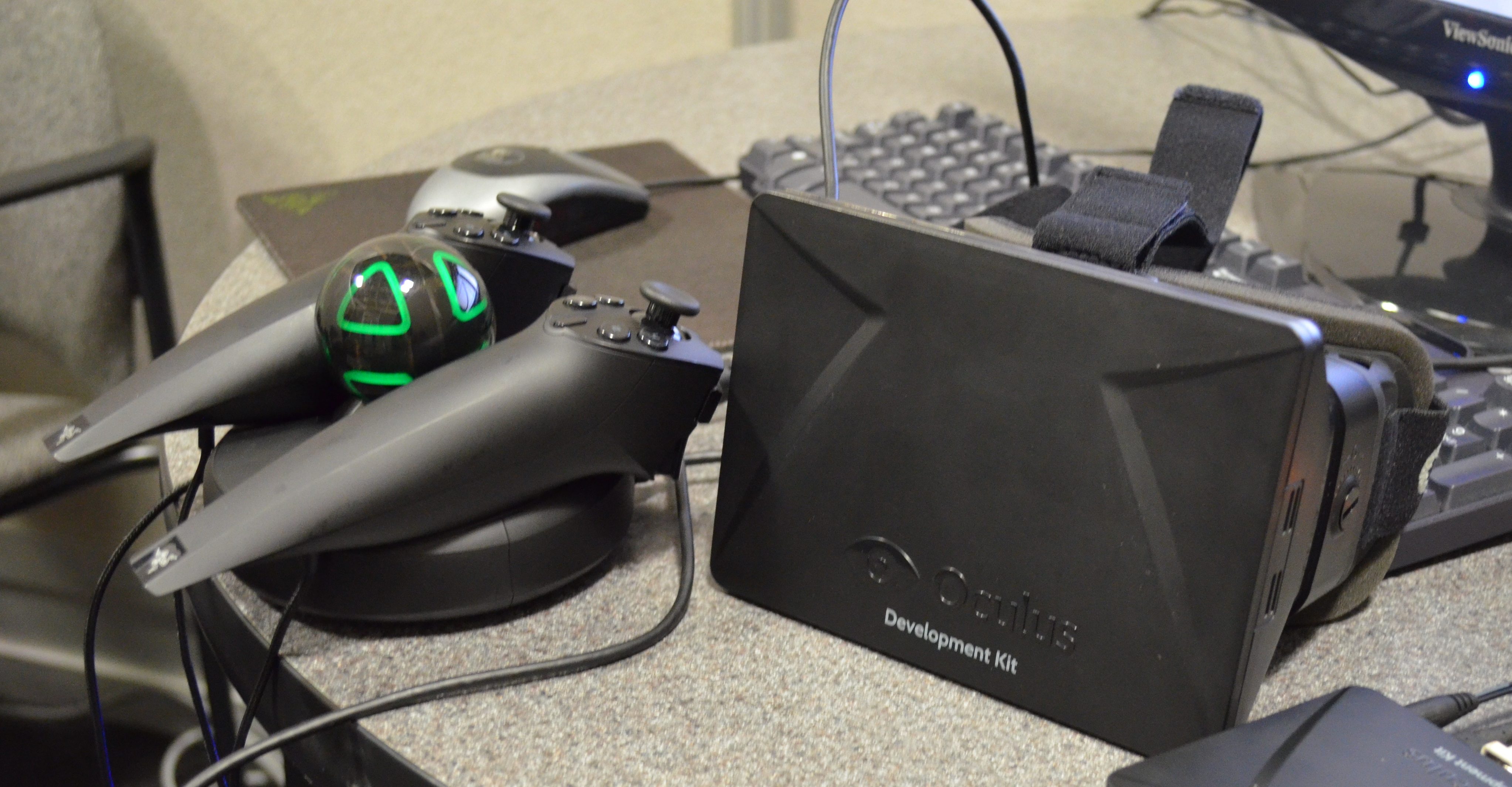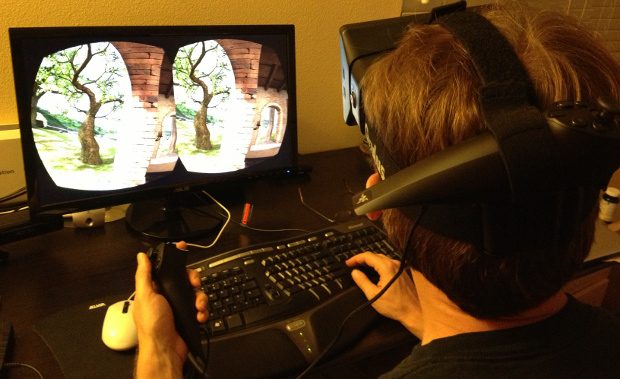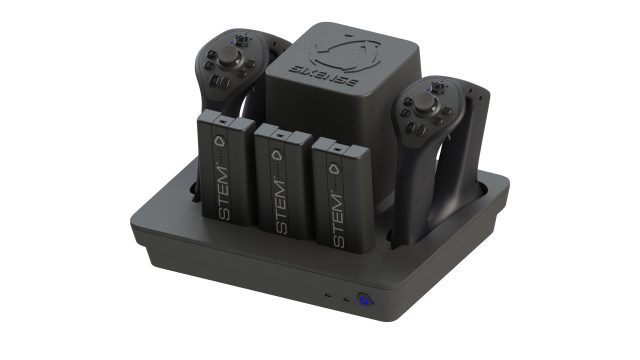In what might be the longest Kickstarter campaign conclusion to date, more than four years following estimated deliveries of the STEM VR controller, Sixense says they will fully refund all backers and pre-orders.
Sixense was once a name central to the early VR community. The company built the technology behind the magnetically tracked Razer Hydra controller which was one of the only consumer-available 6DOF controllers available when the first Oculus Rift development kit (DK1) started shipping.




At the time of the Kickstarter, Sixense had estimated that the earliest deliveries of STEM would reach backers by July 2014. As that date slipped past, backers were still hopeful—after all, many successful hardware Kickstarter projects end up seeing some delays. But few could have known that a years-long string of delays would follow, eventually culminating in backers throwing around the word “scam” and repeated calls for refunds and legal action against the company.
– – — – –
It’s a bittersweet conclusion for backers—and the right thing for Sixense to do—but may not do much to mend Sixense’s broken relationship with supporters who put their faith in the company only to have it tested to the point of breaking.
From 2014 to as near back as March, 2018, Sixense’s updates to Kickstarter backers made it sound as if the completion of the STEM system was just around the corner. “We are getting close to be able to start production, so please stay with us through this final phase,” read the most recent backer update.
But as early as October 2017 the company began seriously questioning the viability of manufacturing and delivering STEM to its backers.
Speaking to Sixense CEO Amir Rubin this week, he told me that by the time that Valve/HTC and Oculus began shipping their own VR controllers—some two years after the initial STEM systems were estimated to be delivered—it became clear to Sixense that STEM would be fighting an uphill battle in the PC VR space, though the company held out hope that it would be a great match for mobile VR headsets, and refocused their efforts on the project for that use-case.
But then, unable to get STEM out the door for another year later and a half, Oculus revealed VR controllers as part of its Santa Cruz II prototype (which would go on to become Oculus Quest) in October 2017, causing Sixense to reconsider whether bringing STEM to consumers made sense, Rubin told me. The final nail in the coffin was when, just last month, Oculus announced that Quest would ship next year with VR controllers at a $400 price point.
– – — – –
Rubin told me that Sixense had spent all of the $600,000 Kickstarter budget by the end of 2014, but says the company continued to fund R&D to try to bring STEM to market (before deciding to kill it). I wondered then, if the company couldn’t pay to get STEM’s myriad of manufacturing issues fixed, how could it afford to refund all of its backers?
After coming to grips with STEM not being viable for the consumer VR market, Sixense has begun to focus on enterprise VR solutions. The company has been sending out hand-produced STEM development kits to potential partners with the hopes that the tech will be adopted and licensed as a component piece among non-consumer VR systems.
To that end, Sixense formed a joint venture back in early 2018 with Penumbra, a healthcare company, “for the purpose of exploring healthcare applications of virtual reality technology with Sixense Enterprises, Inc.”
It was a 50/50 partnership, Rubin told me, and just last month Penumbra bought out most of Sixense’s interest in the company for $20 million. He said there was “no question” once the deal was closed that the money should be used to refund backers before being used for other company interests, though he also said the decision to return the money was difficult considering other ventures they could use it for.
– – — – –
It won’t come without a laugh from STEM backers, but Rubin says this is just another delay; STEM will eventually come to the consumer market, in some form or another.
“The fact is, that we are delaying our consumer market release plan until there is a large enough VR systems install base with some ‘killer apps’. I believe that the current optical 6DOF controller solutions represent the early days of the ‘Mechanical Mouse’. I hope that when we release our STEM technology to the consumer market it will have a similar impact as ‘Multi-Touch’ did,” he said.

